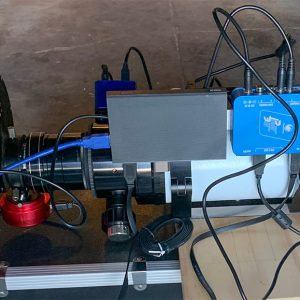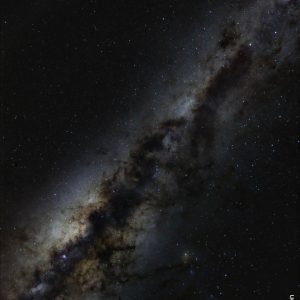The 20cm Saxon / Sky-Watcher NEQ6/AZ-EQ6 pier extension is a great way to gain the extra height needed to prevent long focal length OTA’s from colliding with the tripod legs. The extension is attached to the tripod using the standard central bolt. Even if the central bolt is tightened as much as possible, it doesn’t take much force to rotate the pier. This can be very annoying if you have carefully polar aligned the mount and it accidentally rotates while you are loosening or tightening the clutches on the AZ-EQ6.
This problem is easy to fix. Luckily the pier base plate is made of aluminium and is very easy to drill. The solution is to drill a 4mm hole very close to edge of the plate and tap it out to 5mm. You can then use an M5 socket head bolt to provide a locking post. The head of the bolt fits nicely into the original post hole on the tripod plate.
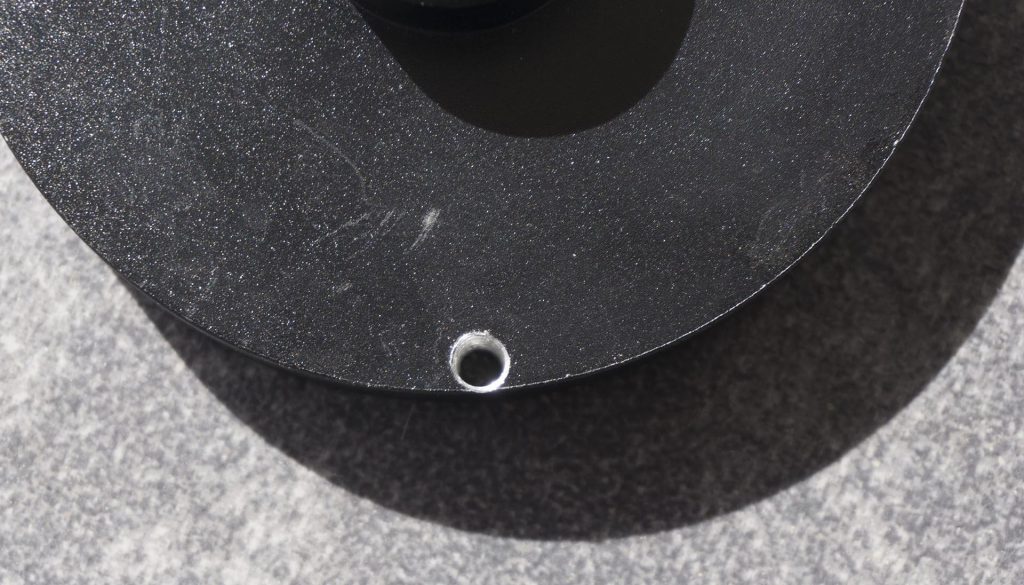
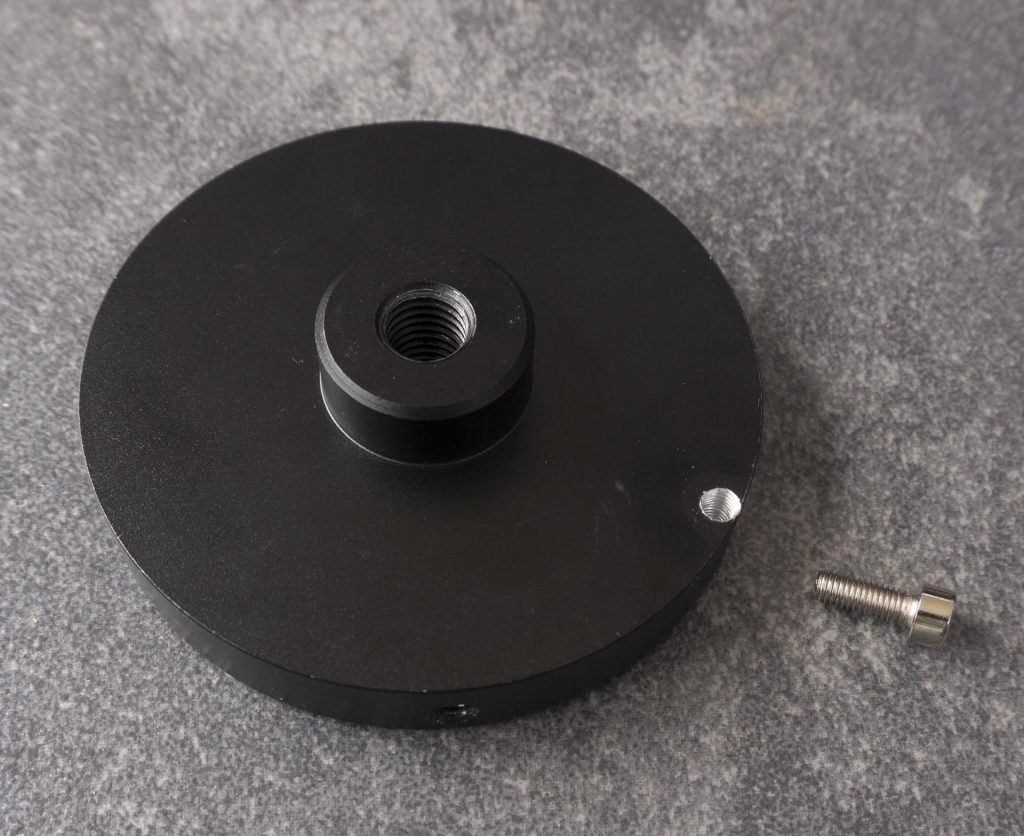
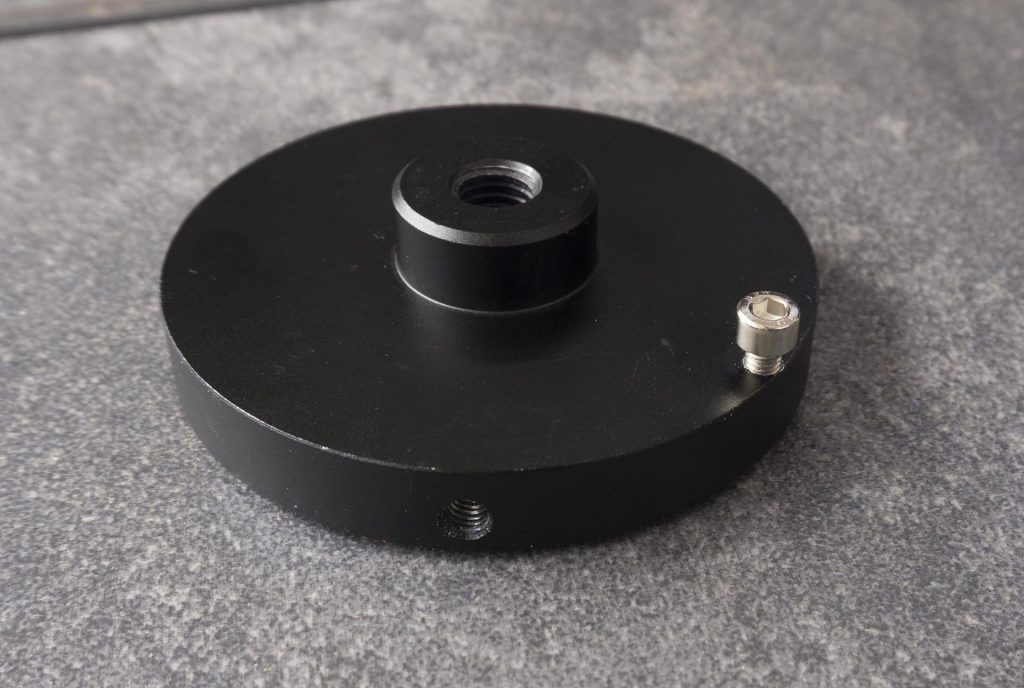
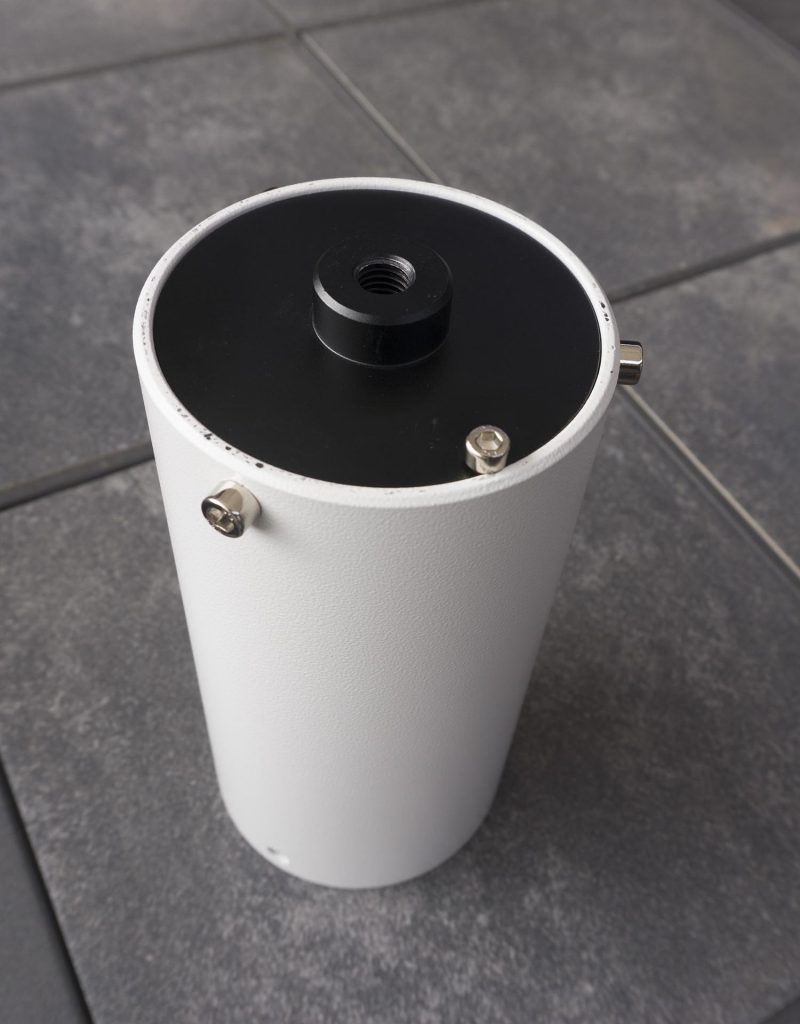
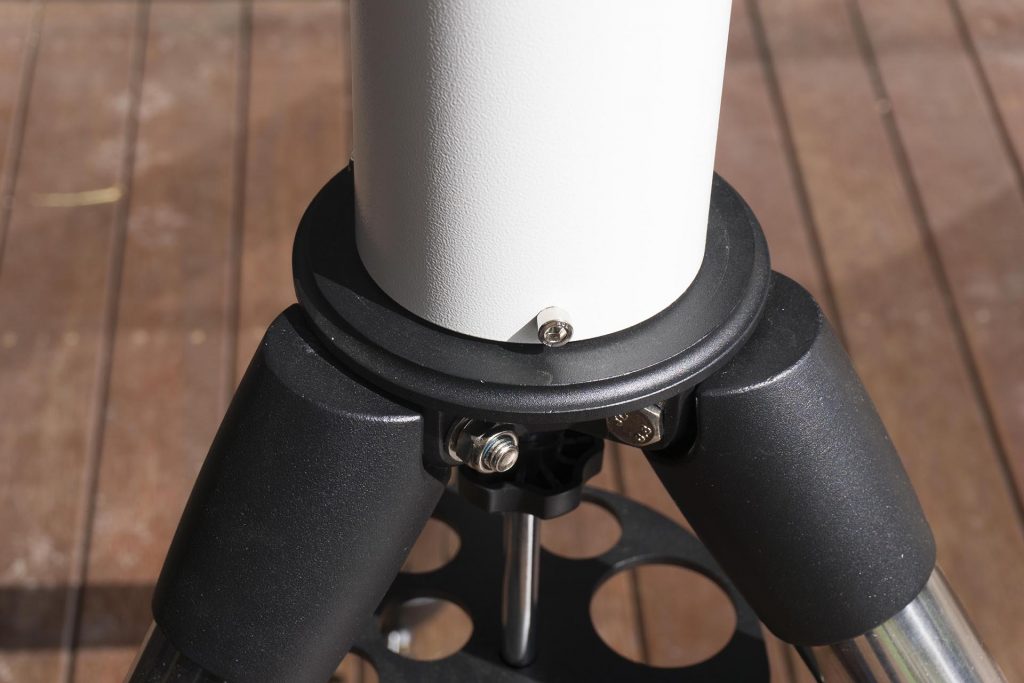
With the central bolt tightened it is now impossible for the pier to accidentally rotate.
